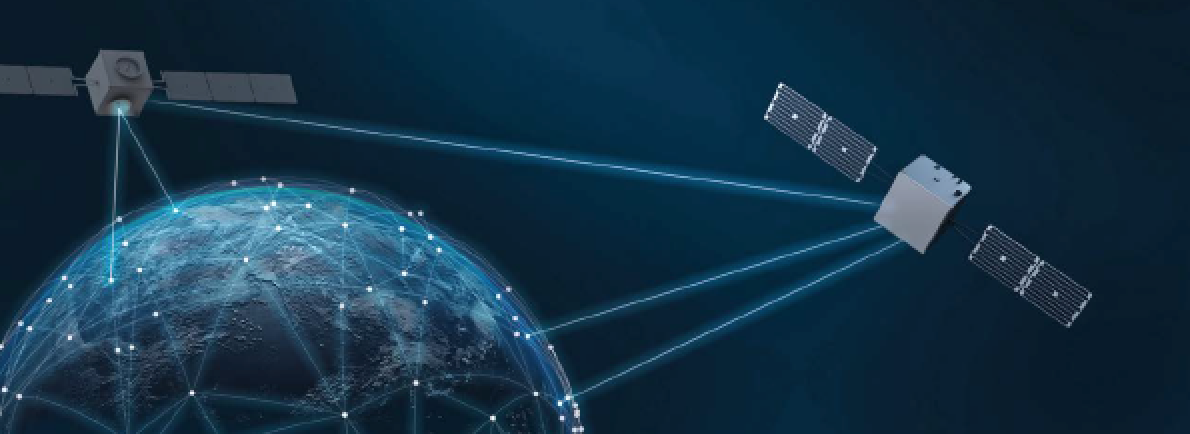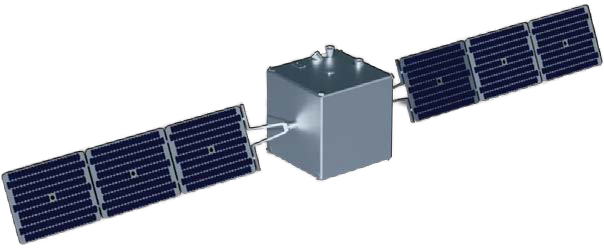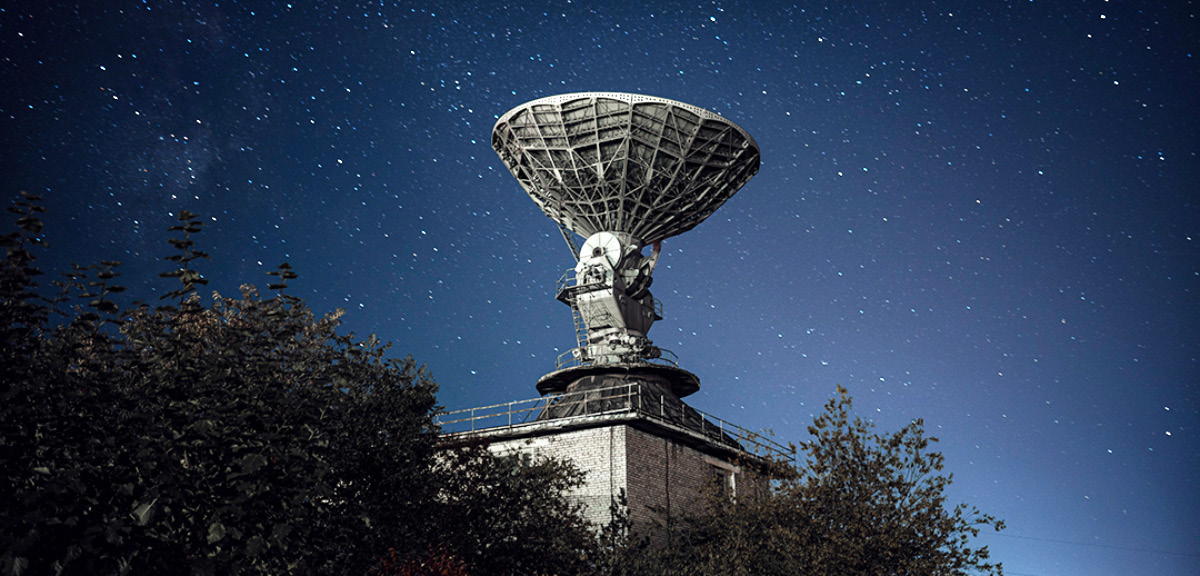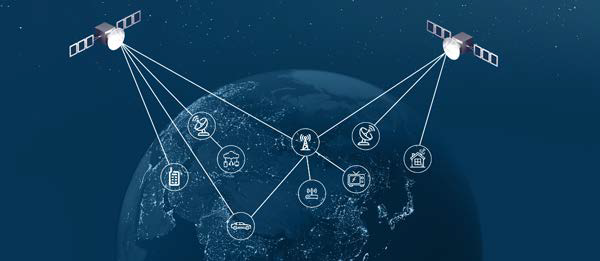Reality check — there are 750 million people around the world who do not have basic communication services because the communications infrastructure necessary to provide access for them is not available where they live, this fact according to GSMA (Global System for Mobile Communications).

At the same time, about 3 billion people in the world could have access to mobile broadband (3G/4G) coverage; however, they are not connecting to the data sources for a broad range of reasons, such as unaffordability or a lack of consumer readiness.
It’s one thing to be aware of the statistics, but quite another to take action. Cross-sector collaboration should come forward and pick up the baton for bringing the situation to light as well as for tackling the obstacles via a multi-faceted approach.
When it comes to rural, unconnected territories, where mobile operators do not find conditions commercially feasible to build terrestrial networks, non-terrestrial networks can provide affordable and reliable broadband services as an alternative. What is more, space can cover even harder-to-reach areas and difficult terrains, such as the Arctic or Sub-Saharan Africa, where deploying terrestrial networks can prove itself to be excessively expensive.
Pure connectivity does not involved space as the only solution, although space is definitely one of the main remedial actions. We are witnessing the early days of a hybrid connectivity game changer that consists of terrestrial, non-terrestrial, as well as other solutions.

The World + Radio Links
Marconi’s pioneering work with rudimentary transmitters, telecommunications technology has progressed incredibly fast, all the way to modern broadband mobile communications that serve high-density areas. The critical role space technology plays in bringing these key advancements to remote areas and to aerospace and maritime applications cannot be overlooked.
The global satellite telecommunications market is expected to grow from the already posted $39.78 billion in 2022 to $41.70 billion in 2023 at a compound annual growth rate (CAGR) of 4.8%, according to the Business Research Company. In 2027, the market is expected to reach $47.77 billion with a CAGR of 3.5%.
As satellite telecommunication is the most mature space application, technological advancements aren’t waiting around the corner and continues to gain popularity among New Space companies and that feeds into market development trends.
Satellites aim at transferring information between various locations on Earth. Broadly speaking, connecting two points on the ground can serve numerous applications, such as broadcasting, video conference systems, tele-medicine, tele-education, and so on, for use by various verticals such as government and defence, energy and utility, transport and cargo, mining and oil, agriculture, communication companies, media, and others.
Telecommunications satellites are usually slotted into GEO which is 35,786 kilometres above Earth’s equator and they orbit in the direction of Earth’s rotation. A GEO satellite has an orbital period that is equal to Earth’s rotational period — to an individual stationed on the ground the satellite would appear motionless at a fixed position in the sky.
Radio links have been the tech of choice for transferring data from satellites to the ground using advanced frequency-division multiplexing or time-division multiplexing techniques to squeeze as many customers as possible into a single communications satellite. Called multiple access, this allows several carriers from several Earth stations to access a satellite’s antenna. SATCOM networks can be based on a single-beam antenna or multibeam antenna payload.
In the context of a single-beam payload, the carriers transmitted by Earth stations access the same satellite receiving antenna beam, and these same ground facilities can receive all of the carriers that are retransmitted by the same antenna — a single satellite can reach thousands of users and serve thousands of terminals.
That said, telecommunications satellites do not exclusively belong to GEO; they are also be placed into LEO, being visible from any location for 10 to 20 minutes at a time. To guarantee continuity of service, a constellation of tens of satellites must be deployed.

One Small Step, One Giant Leap
Even though increased demand for smallsats in the telecommunications and EO environs dates back to the 1990s, such trailblazing technologies as Over- The-Top (OTP) services and Internet Protocol Television (IPTV) have recently resulted in yet another boost for these small form spacecraft.
Smallsats are used to advertise conventional satellite applications in data communications, Earth exploration, space research, and many other fields; hence, the increase in the demand for smallsats for these services is expected to boost the satellite telecommunications market, as well.
ReOrbit is actively developing state-of-the-art, small, GEO telecommunications satellites that are cost-efficient yet highly capable, each with a unique set of features (with the goal of having advanced 5G protocols, autonomous orbit keeping and failure detection, isolation and recovery, and more).
The company’s software-first approach enables a satellite to adapt to different missions, thanks to advanced flexible architectures, as opposed to a hardware-first approach when even a slight change in a subsystem has a substantial impact on the overall design and the software protocols. Thanks to being able to treat hardware as a commodity, build costs are reduced.

Several different services can be enabled by ReOrbit’s smallsats that are compatible with most ground station providers — from High-Throughput Satellites (HTS) to exceptionally secure military applications. What is more, autonomous orbit keeping and failure detection, isolation and recovery are featured elements.
ReOrbit provides unparalleled reliability, efficiency and flexibility in GEO, but that’s not all. Given the highly flexible, software-first architecture, the firm can adapt security levels to address various customer requirements, switching from a vague concept to a tangible, design aspect.
Moreover, when talking about communications satellites, most networks are owned or operated directly and indirectly by a handful of countries. Naturally, this raises an interest from different sovereign nations to have their data flow transmitted via their own networks and infrastructures.
ReOrbit enables these countries to build thriving independent space ecosystems to locally manufacture satellites, by transferring knowledge and supporting with vast experience. At ReOrbit, technologies are developed to build spacecraft platforms that are modular and configurable in design. The company’s main focus is to streamline data flow. Why put so much effort and such a spotlight on quickly moving data in space? Simple put, to deliver timely and flexible missions from any orbit, with the needed data ready at hand, thereby ensuring augmented situational awareness and value-driven, decision-making.

Real-time data flow is pivotal to enhance connectivity and connect the unconnected, especially when the integration of terrestrial and non-terrestrial networks is so critically needed to close the digital divide around the world.
Re-imagining a famous quote: when venturing into uncharted territory, remember... that’s one smallsat for a man, but one giant leap for mankind.
www.reorbit.space

Jana Avdeeva
Author Jana Avdeeva handles marketing and communications for ReOrbit.
ReOrbit is a leading provider of software-first satellites that enable real-time data flows in space and offers ready-to-go space systems and avionics for flexible and timely missions at any orbit, paving the way for a more sustainable, efficient and connected global society on Earth. Flight software enables ReOrbit’s satellites to become highly autonomous, reconfigurable, and serviceable, thereby providing the customers with solutions that are optimized for efficiency, connectivity and security. As software provides the operational foundation for satellites, hardware modularity is provided and separates the software and hardware, making the solutions independent of the subsystems. ReOrbit offers highly competitive solutions, with reliability, flexibility, fast time-to-orbit at market-leading prices.

